Cities are hot. One of the major reasons for this is that cities tend to trap heat, particularly given the sheer amount of blacktop in urban areas. Asphalt traps the heat of the day, making the streets blisteringly hot when the sun is up, and allowing them to radiate heat long into the night.
But what if there was a way to stop that? A way to cool down a street by 20 degrees (or more) without replacing those streets? Something as simple as painting them white?
Does it Really Work?
Black, as we all know, sucks up the energy from sunlight and gets very hot. Just get into a car with black leather seats on a hot day, and you’ll experience it first hand. But white, and other lighter colors, don’t absorb as much heat from the sun. It’s why a tan leather interior will always be cooler than a black one if you didn’t park in the shade.
So what happens if we start painting our roads white, or just using light-colored concrete instead of asphalt? Well, as you can see in this video, the temperature difference is dramatic and immediate. That’s just for one stretch of road, though. Imagine if every road in a major city like Los Angeles or New York could reduce the heat they hold onto in the summertime. The drop in heat could lead to an immediate drop in the amount of energy people use to cool their homes, which would have a domino effect on demand during some of the hottest months of the year.
All it takes is a little paint and a lot of science.











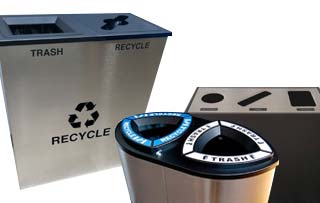









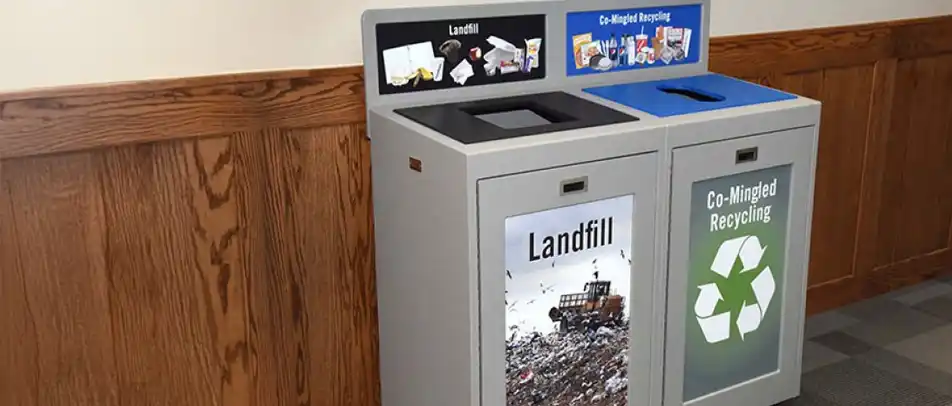










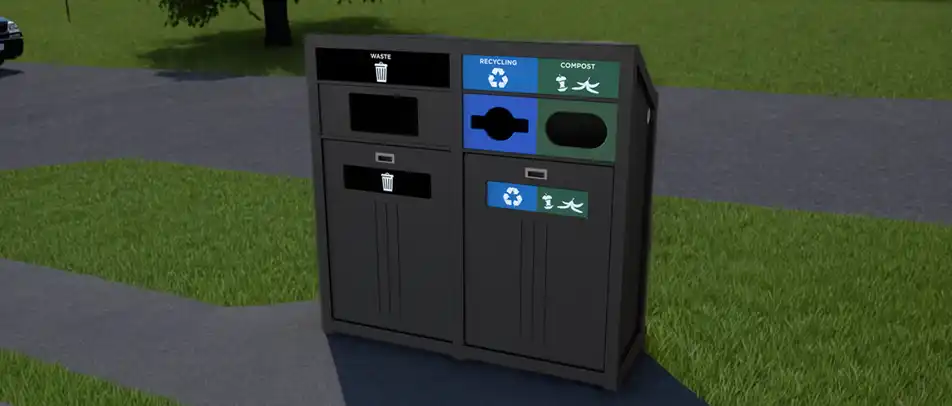












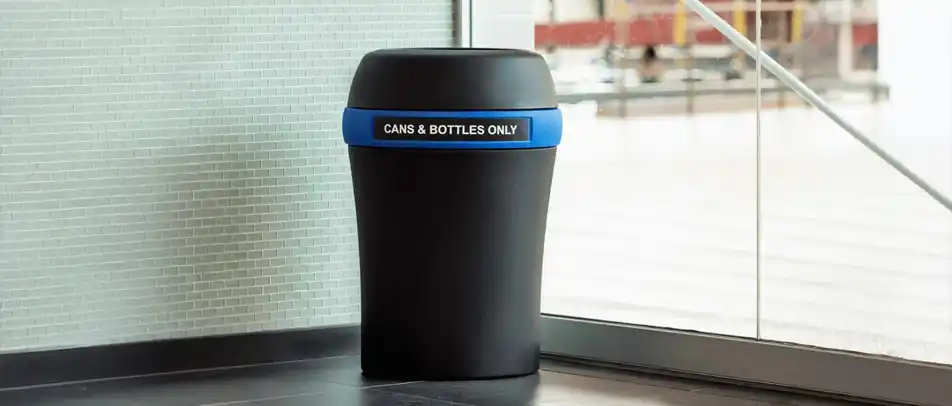









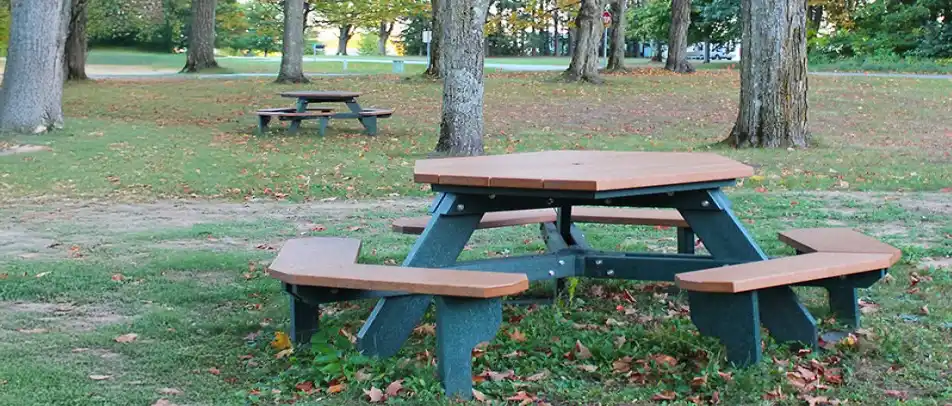































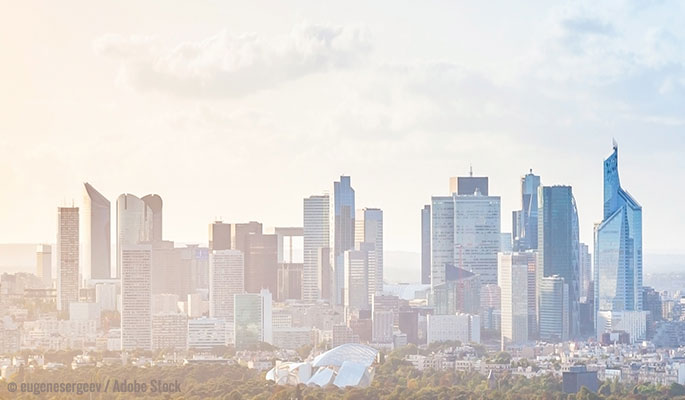

 Three Ways to Engage Teams and Clients to Maximize Your Recycling Program Engagement
Three Ways to Engage Teams and Clients to Maximize Your Recycling Program Engagement  How to Integrate Accessibility Into Your Sustainability Planning
How to Integrate Accessibility Into Your Sustainability Planning  Why Park Benches Can Promote Workplace Well-Being
Why Park Benches Can Promote Workplace Well-Being 
